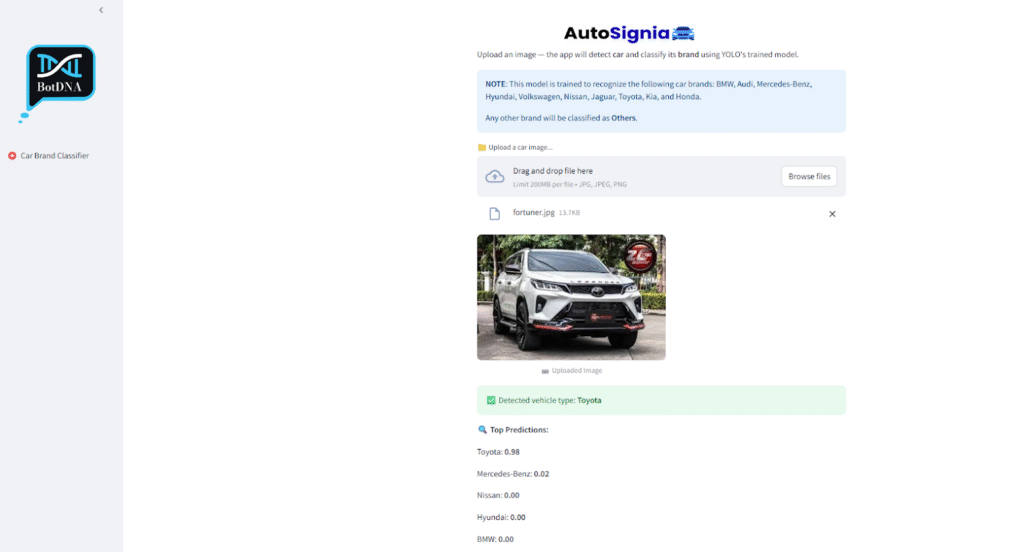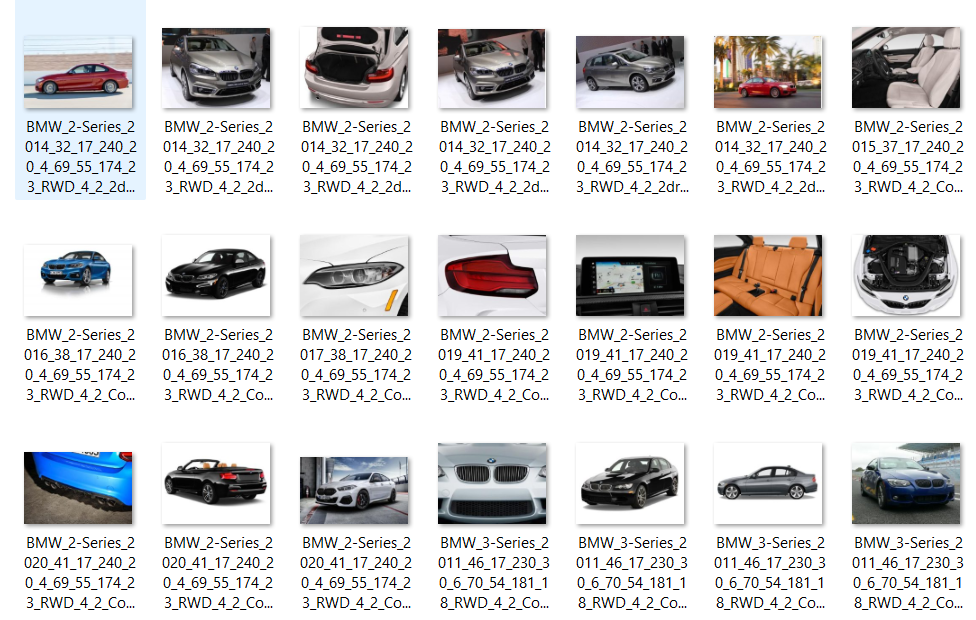Menu
Close
Ananth’s Personal Experience working with YOLO
By Author • September 18, 2025
I worked with YOLO for model fine-tuning across three use cases.
They are :
1. Indian women’s Traditional dress classifier.
I recently worked on an Indian women’s traditional dress classifier using a dataset from the Roboflow website. The dataset included various categories of traditional outfits, but I faced a major challenge when it came to classifying different types of sarees.
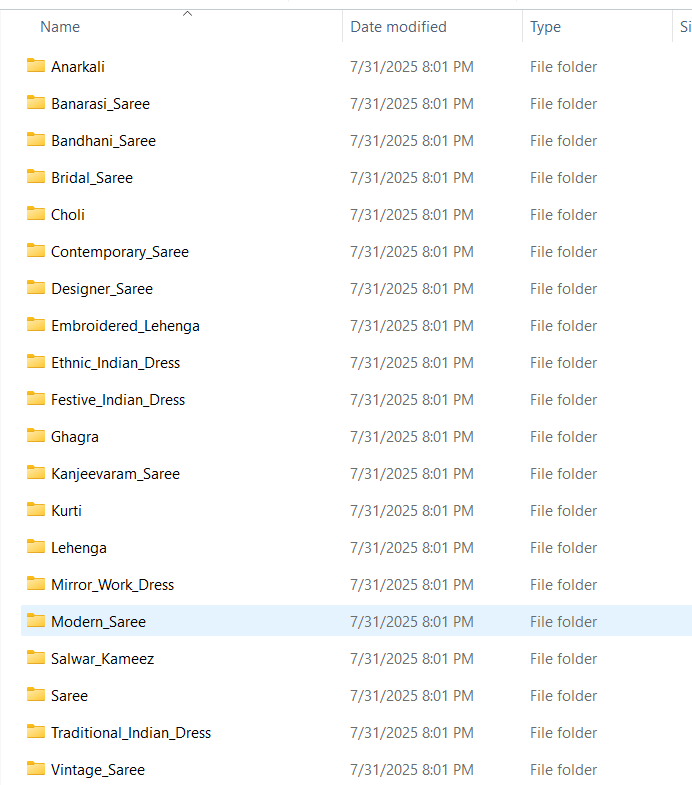
The difficulty arose because sarees can differ vastly based on intricate designs, patterns, fabrics, and draping styles—many of which are quite subtle and not always easy for a model to distinguish. As a result, while the model was able to correctly detect some of the sarees, it struggled with the variations.
One of the main reasons for this limitation was the lack of sufficient and diverse images of sarees in the dataset. On top of that, I was training the model on a CPU instead of a GPU, which further restricted the training process. Due to these constraints, the model achieved around 80% accuracy—good, but with clear room for improvement.
Moving forward, I believe that expanding the dataset with more high-quality and varied images of sarees, along with training on GPU hardware, could significantly improve the model’s ability to recognize and differentiate between traditional outfits in finer detail.
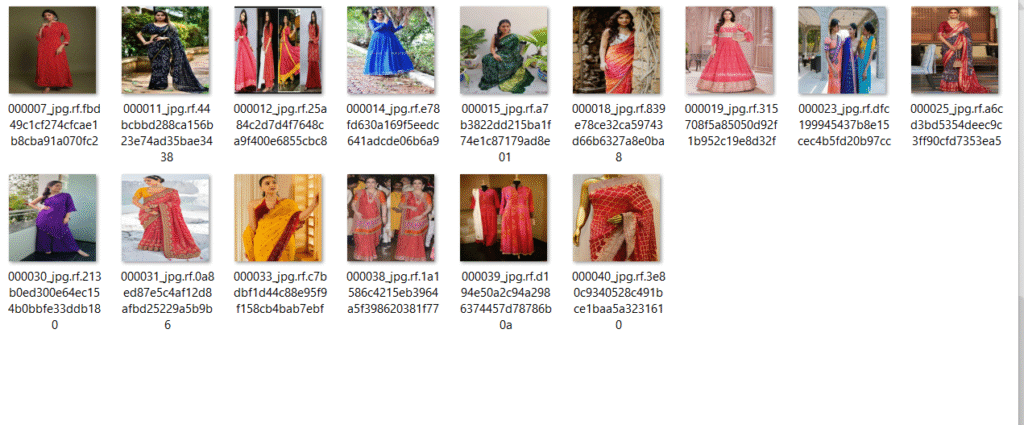
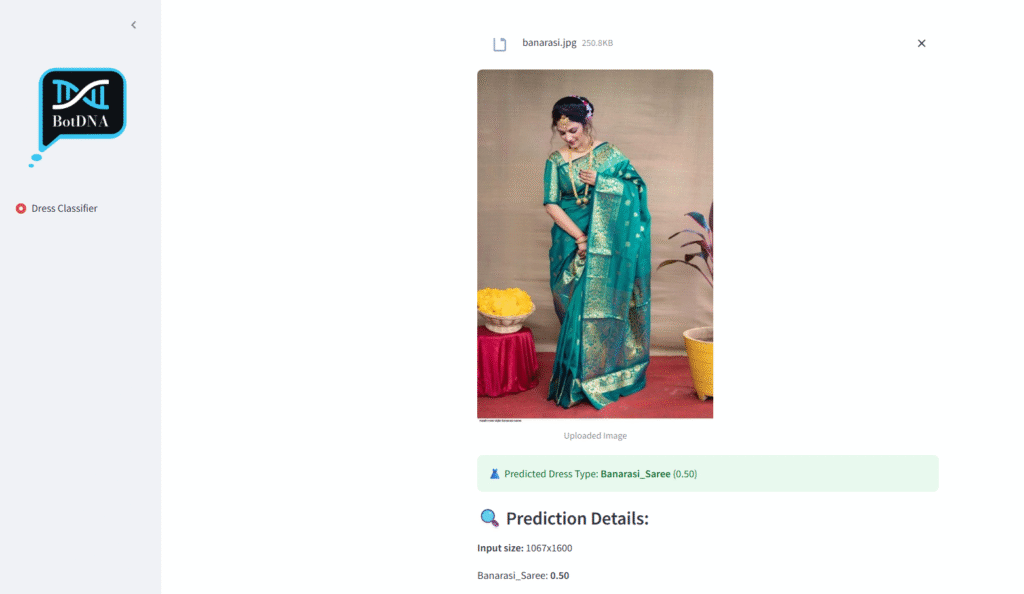
2. Number plate detector (commercial or private or ev)
After completing the traditional dress classification project, I moved on to something quite different — a number plate detection and classification system.
The idea was to first, detect where the number plate is located in a given image, and then classify it into one of three categories based on its color code — Commercial (yellow board), Private (white board), or Electric Vehicle (green board).
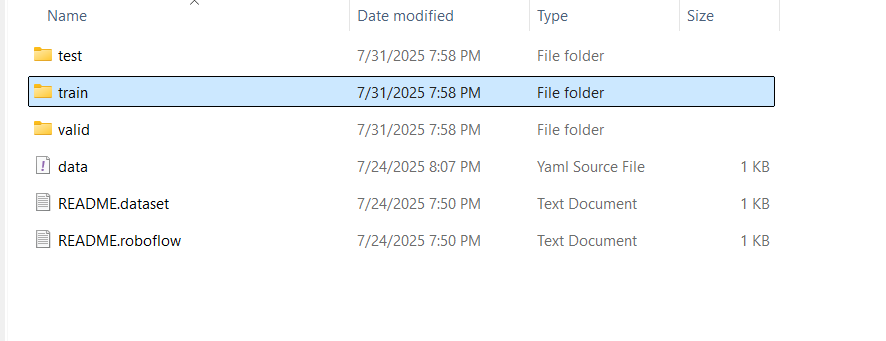
To make this work, I needed a pre-annotated dataset containing hundreds of images where each number plate had already been carefully labeled with bounding boxes and class information. This accurate annotation was critical, because even the best model will struggle if the training data isn’t precise.
In my initial trials, I trained the model for 25 epochs. However, the results were disappointing — the model often failed to detect the number plate altogether. Realizing the model needed more time to learn, I increased the training to 50 epochs. The improvement was seen — the system was now able to correctly detect and classify the number plate in 9 out of 10 cases.
From this experience, one key takeaway stood out: having a well-annotated dataset with accurate bounding boxes, combined with sufficient training epochs, is essential for achieving high detection accuracy in object detection tasks like this.
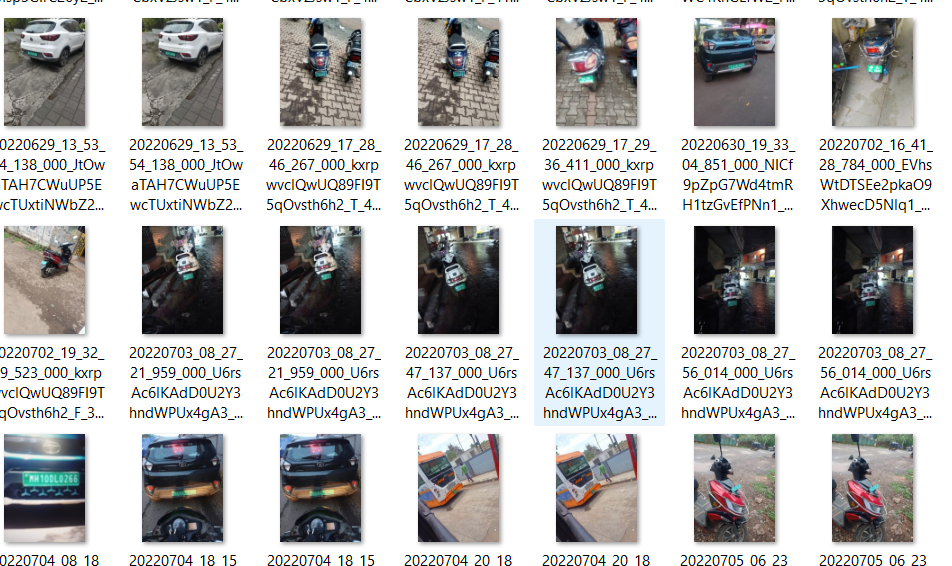

3. Car brand classifier.
After completing the number plate classifier,tThen I worked on classifying car models like mercedez , audi , jaguar, bmw , toyota . The idea was to upload a car image and the model then should identify which is the brand of the car in the uploaded image.
Initially I took the yolov8n-cls model which is the smallest version of the yolo classification models. I got a huge car collection dataset from kaggle , which had around 15-20 car brand with 350 images on the train , around 100 in test and 50 in validation.
Then I trained the model with 25 epochs to see the result , the results were not up to the mark and the model was classifying the things which were not cars, as car. Then to solve this issue , I used both detection and classification . Here initially when the user uploads the any image , in the first phase , the detection model comes into picture which is trained with 78 classes and it detects for car in the uploaded image , if the car is detected the second phase is activated which is the classification model which is my fine tuned model wrt the car brands and it will classify the car brands .
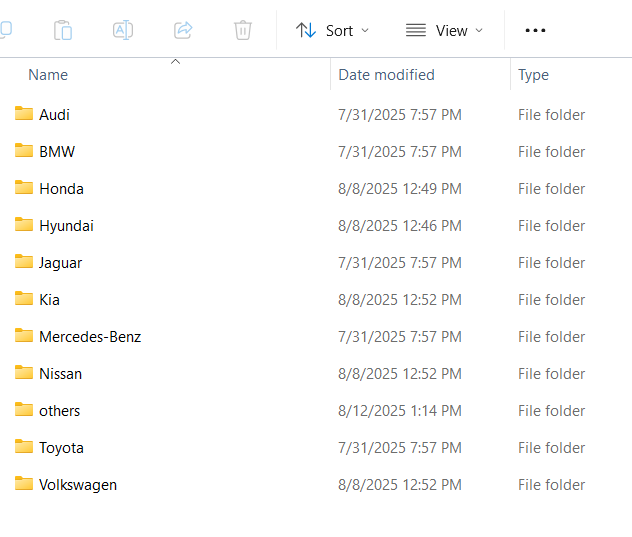
If the uploaded image is not a car , then the basic detection model itself will reject the image. Here I was able to get considerably good results , but then the problem was the model was not able to detect the Mercedes Benz G wagon as it is classified as a truck , also so of the huge SUVs and jeeps , which is ambiguous to the flow I was looking to achieve . Then I added 5 more cars like Nissan , Honda ,Kia , volkswagen etc and a folder called “others” which has all the images of such jeeps , SUVs and G wagon kind of cars which will be then detected based on truck class and then classified as others in the classification model .Then I fine tuned yolov8x-cls model which is the best classification model, for 80 epochs The model is pretty much working fine now but there are some errors as no model is fully efficient .
The main problem in this case is the high predicted proportion of autos, which casts doubt on the model’s ability to make judgments. However, this happens because the train, test, or valid may contain several repetitions of the automobile images, which raises the prediction % to that high level. In order to make the prediction more credible and accurate, it is important to ensure that the train, test, and valid images are distinct.
